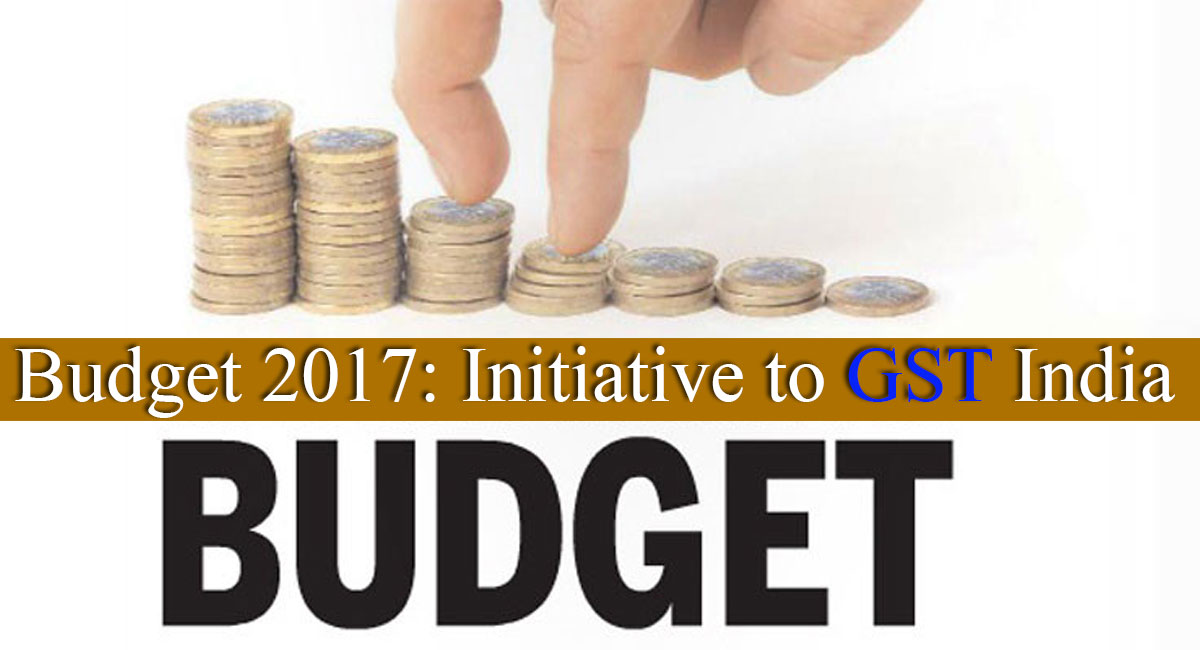
Let’s see how.
Direct Tax
The income tax rate within the range of Rs 2.5 lakhs to Rs 5 lakhs has now been reduced from 10 percent to 5 percent. This will allow taxpayers to keep more of their money in their hands. This money will be spent by taxpayers and will help to increase the circulation of money and remonetization.
Customs
After the implementation of the current Budget, if your friend sends you chocolates worth less than Rs 1,000 through postal parcels or letters, then it will not attract any kind of customs duty. Demonetization in the country increased the acceptance of digital currency, which includes credit cards and wallets etc, by which these products will be exempt from customs and excise duty. Moreover, manufacturing of solar panels in India may also get cheaper, as the budget has also proposed that the tempered glass used to build solar panels should also be exempted. Customs duty on imported cashew nuts has also been risen up from 30 percent to 45 percent.
Read Also: Demonetization Impact on Indian Economy
Excise
Sectors like jewelry and much more, which were not under the excise net were brought under the ambit of excise duty last year. This year, the exemption has been removed from branded silver coins of 99.9 percent of purity and above and silver jewelry other than studded with diamond, rubies etc. Thus, we can assume that the silver jewelry is going to be a bit expensive in upcoming days. Just like every year, tobacco products will also get a hike in price this year. Duty on 12-13 seater vehicles has been reduced from 27 percent to 12.5 percent, which will help the rural transport sector.